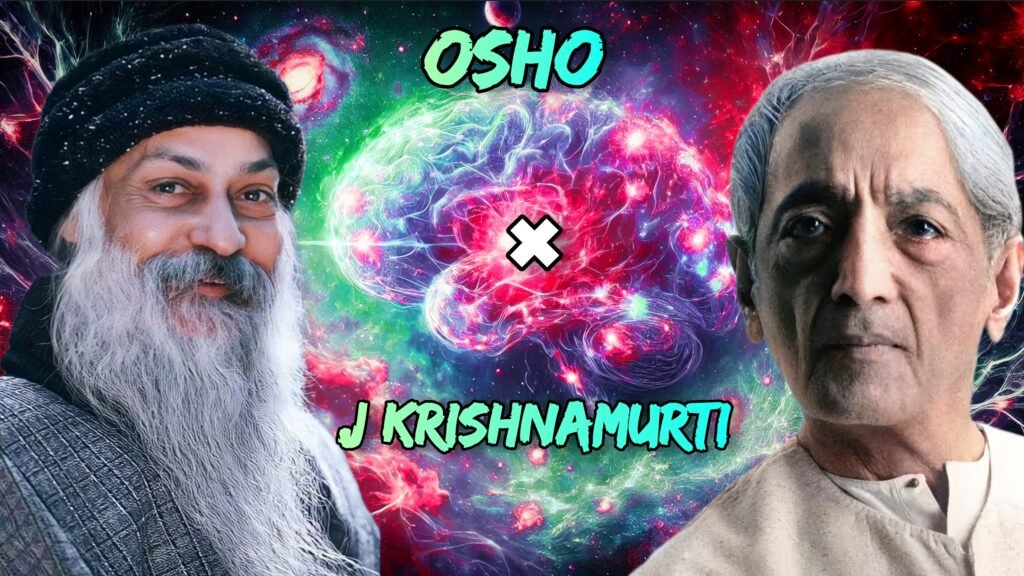
The mind is always seeking something—it moves restlessly, jumping from one thought to another, always caught in the cycle of problems. It clings to difficulties, fears, and anxieties, obsessing over what is wrong rather than seeing what is possible. This restless nature of the mind is deeply conditioned by society, past experiences, and fear of the unknown. We have been trained to focus on problems, as if thinking about them endlessly will somehow solve them. But in reality, this only strengthens them. The more attention we give to problems, the more they grow, becoming heavier and more complex. This is the nature of psychological suffering—the mind creates its own prison and then struggles within it, not realizing that it is the creator of its own pain. Instead of seeing problems as challenges that can be understood and dissolved, the mind gets entangled in them, creating a false sense of identity around suffering.
A person facing financial difficulties, for example, may spend all their time worrying about money, feeling hopeless and trapped. Instead of exploring creative ways to earn, save, or change their lifestyle, they become stuck in thoughts of failure, fear, and self-pity. This is how the mind tricks itself—it believes that by continuously thinking about the problem, it is doing something productive. But in reality, it is only feeding fear and anxiety. The mind thrives on fear because fear keeps it active. If one can step back and simply observe this restless movement without judgment, a great shift happens. This is where the teachings of Osho and Jiddu Krishnamurti come alive. They both emphasize awareness—watching the mind without getting caught in its drama. When one watches the mind, they start seeing that problems are not as real as they appear; they are mostly psychological projections, thoughts given too much energy.
Consider a person going through heartbreak. They feel immense pain and cannot stop thinking about the loss. The mind replays memories, creates stories, and exaggerates emotions. But what is actually happening? The mind is resisting what is. Instead of accepting reality and moving forward, it is holding onto the past, afraid of letting go. Osho would say that suffering exists because we refuse to flow with life. Life is always changing, but the mind wants to hold onto fixed images, expectations, and attachments. Krishnamurti would point out that this suffering comes from the illusion of self—the mind identifies with pain, making it personal, when in reality, thoughts and emotions are just passing phenomena. The moment one stops identifying with suffering, it loses its power.
A practical example of this can be seen in daily life. Imagine being stuck in traffic. The usual reaction is frustration—complaints, irritation, stress. The mind immediately sees this as a problem. But in truth, traffic is neither good nor bad—it just is. The suffering comes from resistance, from wanting things to be different. If one simply accepts the situation and relaxes, the problem disappears. The same applies to bigger issues in life—relationship troubles, financial struggles, career uncertainties. When we stop labeling situations as problems and instead see them as part of life’s flow, the burden is lifted.
Awareness is the key. When we observe the mind, we see that it is always running, always seeking something, always restless. But who is observing? There is something deeper within us that is not the mind—it is pure awareness, a silent presence. This awareness does not struggle; it simply sees. The moment we shift into this space of witnessing, problems lose their grip. They no longer dominate our lives because we are no longer feeding them with unnecessary thoughts. Osho calls this the art of witnessing, while Krishnamurti calls it freedom from the known. Both point to the same truth—real freedom comes when the mind stops clinging to problems and begins to see life as it is, fresh, alive, and full of infinite possibi
lities.